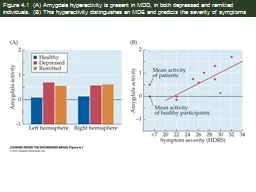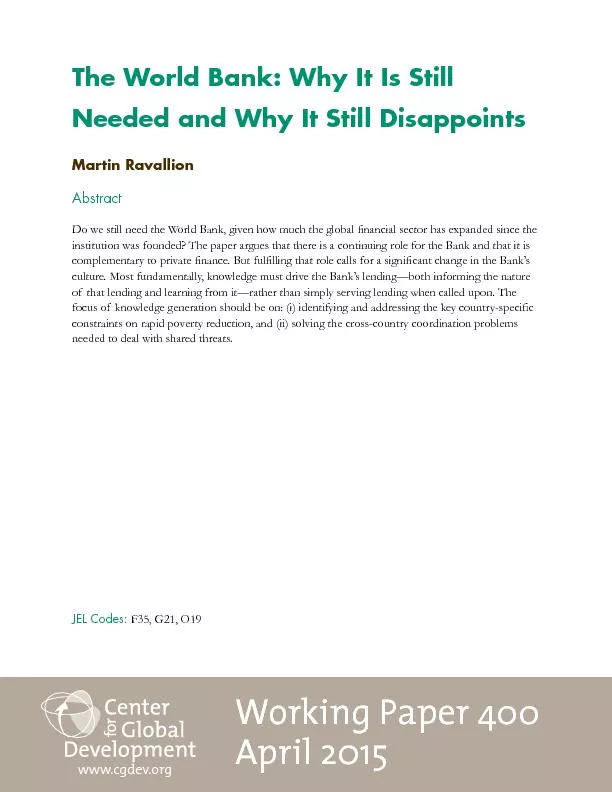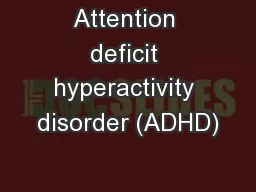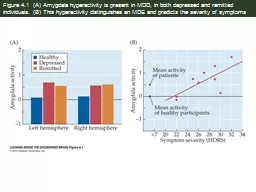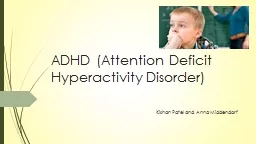PPT-“Why Can’t you sit Still?:” Hyperactivity and Schooli
Author : natalia-silvester | Published Date : 2016-05-08
Kelly Chen Nicole Fortin Philip Oreopoulos and Shelley Phipps This research is being conducted as part of the Canadian Institute for Advanced Research CIFAR Programme
Presentation Embed Code
Download Presentation
Download Presentation The PPT/PDF document "“Why Can’t you sit Still?:” Hypera..." is the property of its rightful owner. Permission is granted to download and print the materials on this website for personal, non-commercial use only, and to display it on your personal computer provided you do not modify the materials and that you retain all copyright notices contained in the materials. By downloading content from our website, you accept the terms of this agreement.
“Why Can’t you sit Still?:” Hyperactivity and Schooli: Transcript
Download Rules Of Document
"“Why Can’t you sit Still?:” Hyperactivity and Schooli"The content belongs to its owner. You may download and print it for personal use, without modification, and keep all copyright notices. By downloading, you agree to these terms.
Related Documents


